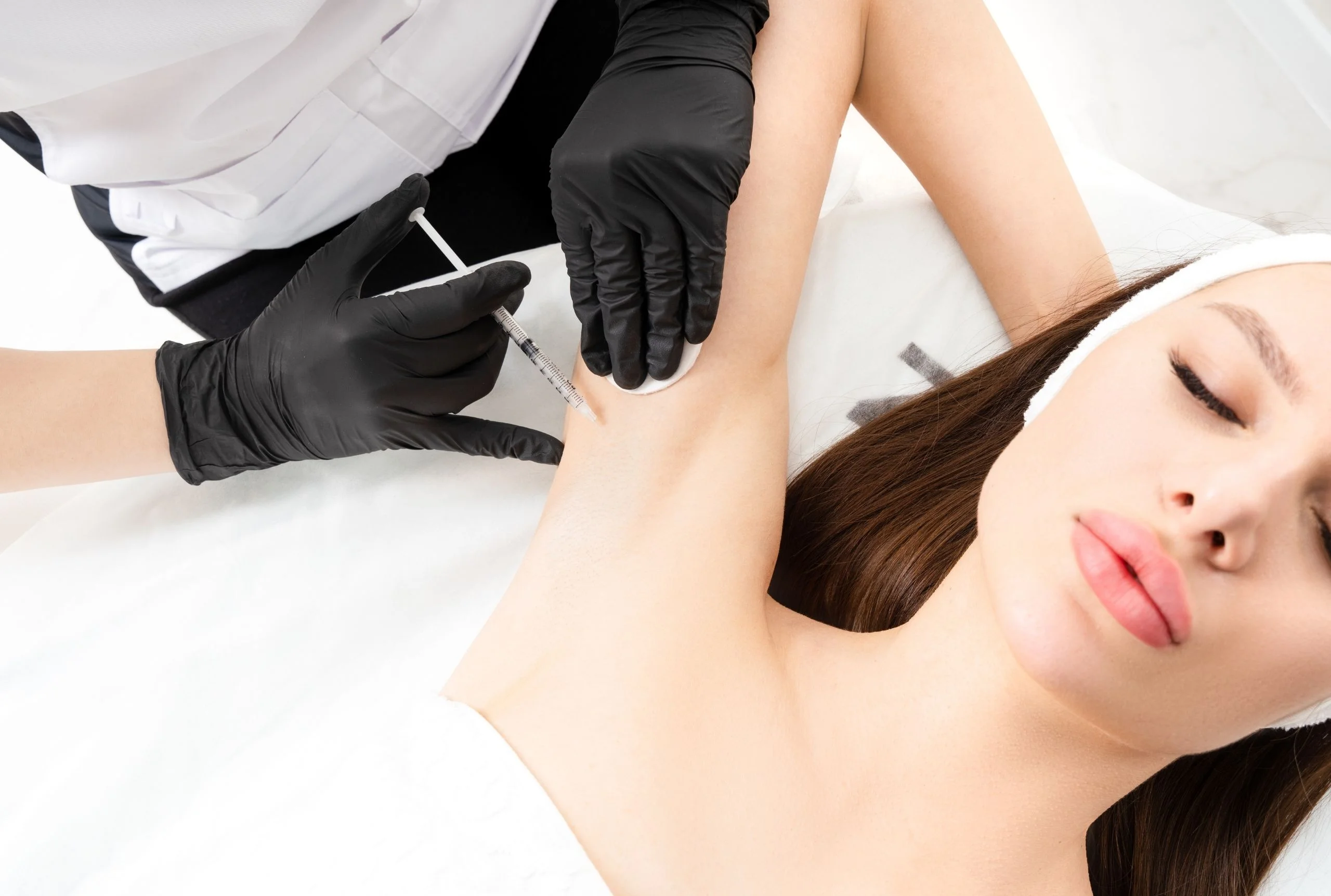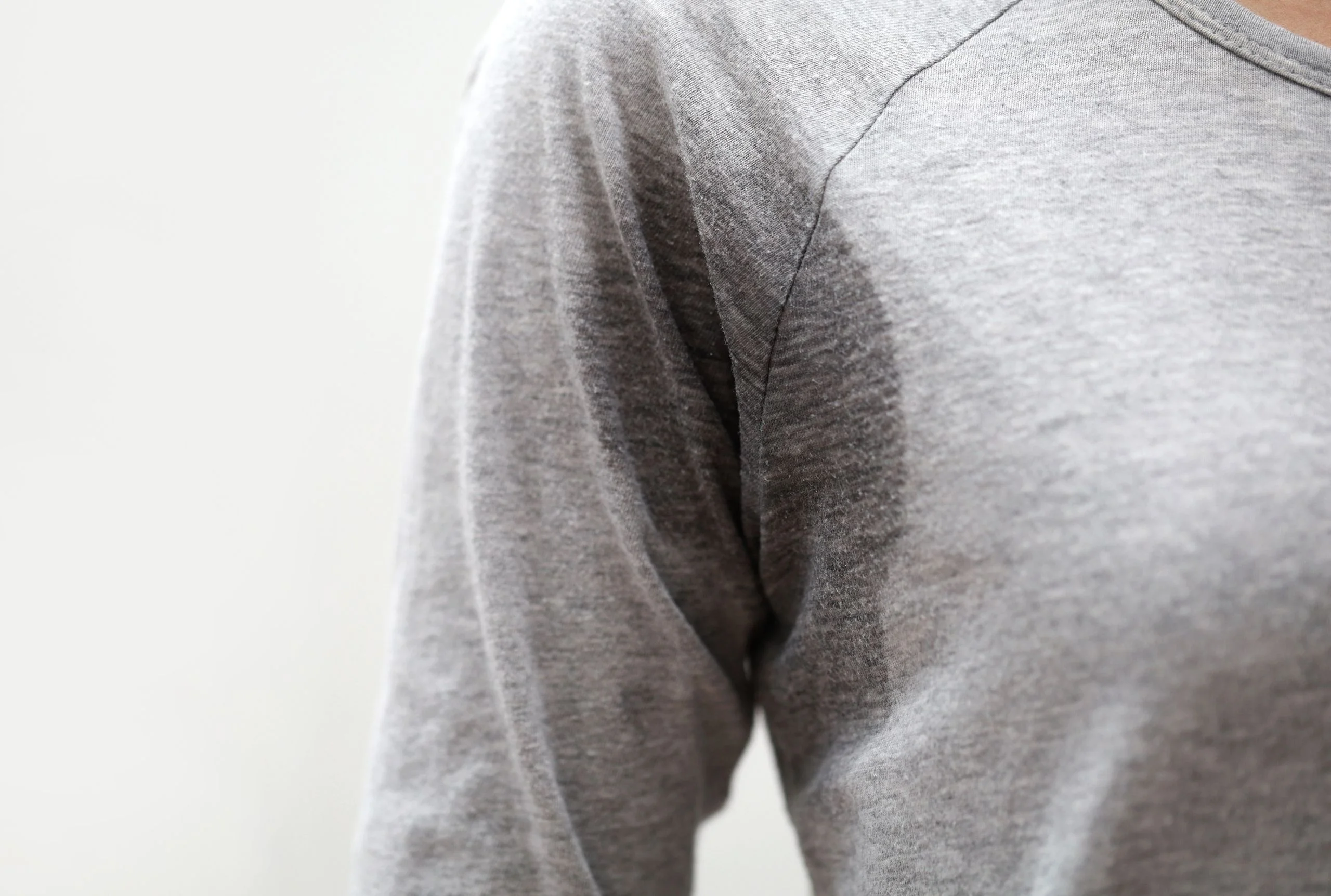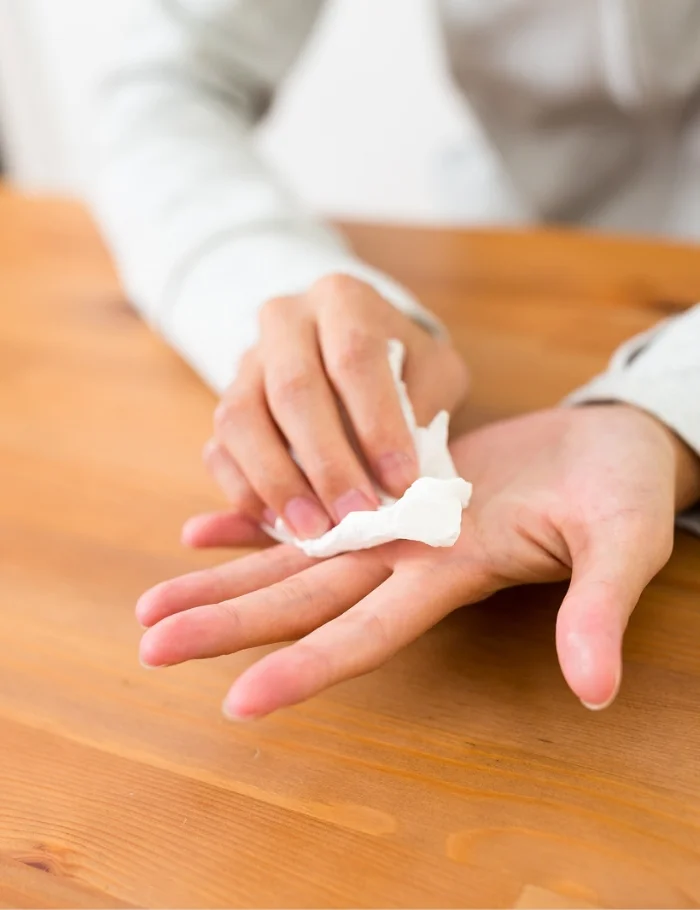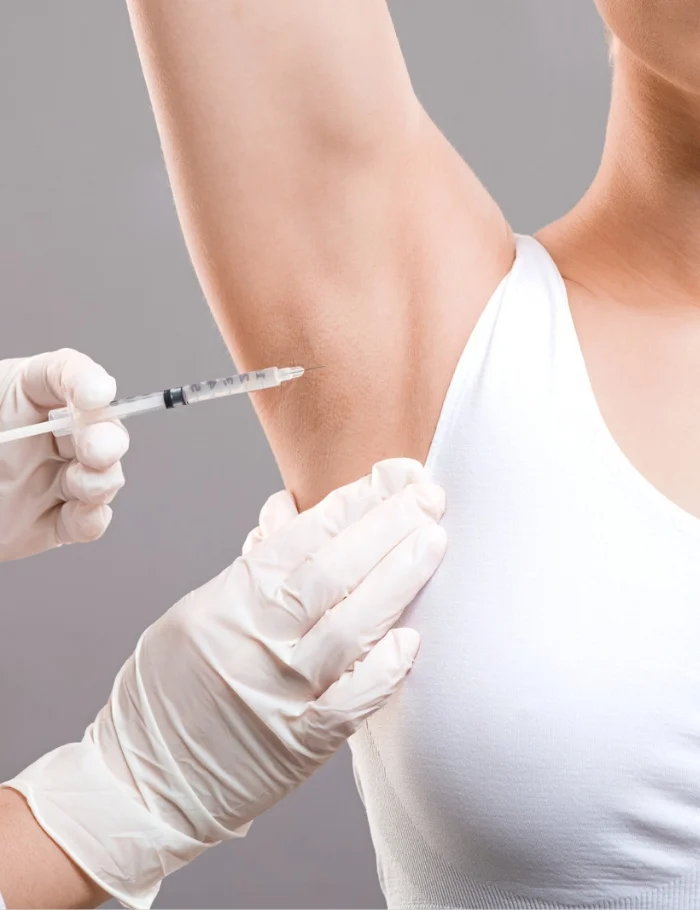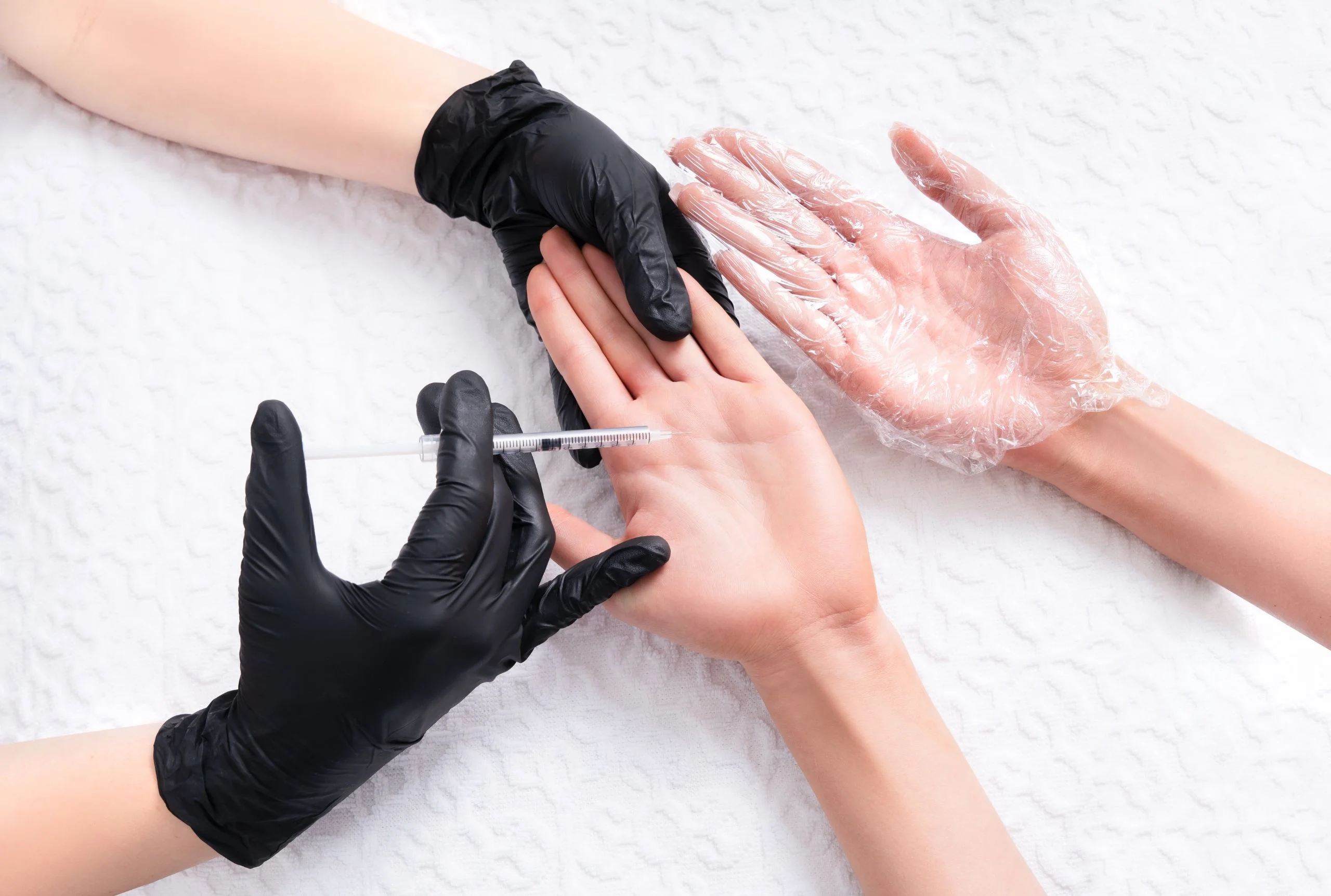Hyperhidrosis
Hyperhidrosis is a condition characterised by excessive sweating that is not always related to heat or exercise.
People with hyperhidrosis experience heavy sweating that soaks through their clothes or drips off their hands. Hyperhidrosis can be treated, and its symptoms can be managed.


